Symptoms And Diagnosis Of Interstitial Cystitis
Interstitial cystitis is a condition otherwise known as painful bladder syndrome. This chronic issue causes pelvic pain, bladder pain, and bladder pressure. Pain can range from severe to minor discomfort. Internal cystitis occurs when the body mixes up the signals indicating it's time for urination. The disease is most likely to affect women. It doesn't have a cure, but can be treated through therapies and medications. Symptoms can also become more severe in response to triggers like long periods of sitting, exercising, menstruating, experiencing stress, or engaging in sexual activity.
Chronic Pelvic Pain
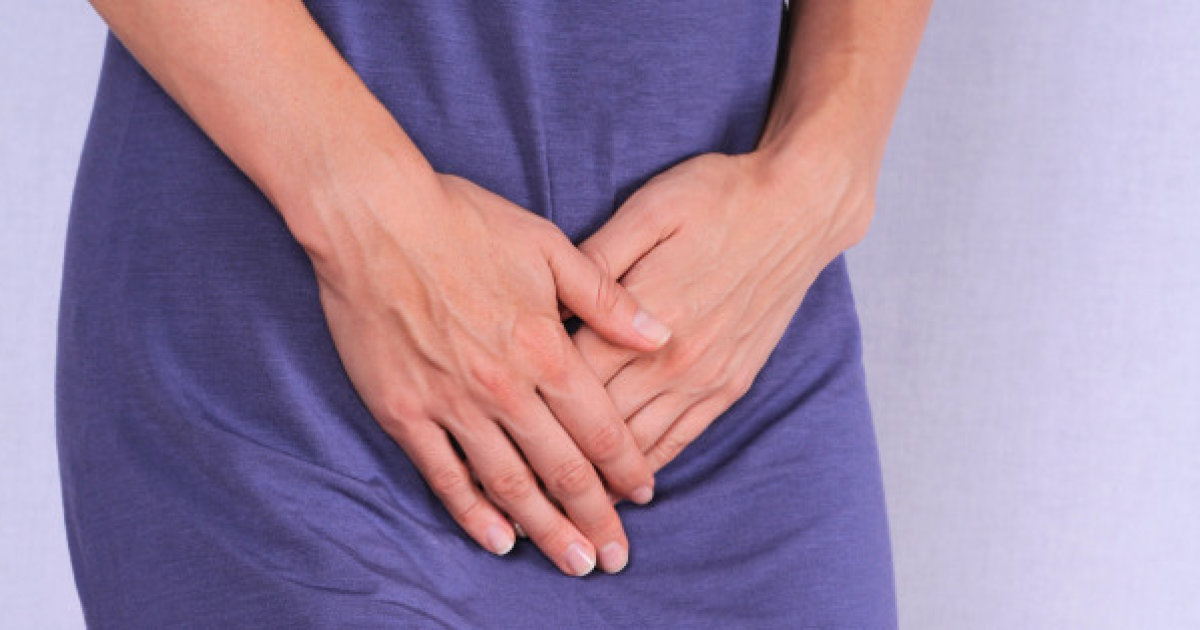
Chronic pelvic pain is one of the classic signs of interstitial cystitis. In women, the pain can also be located between the anus and vagina. In men, it's common to experience pain between the scrotum and anus. This symptom may be similar to the pain experienced due to a chronic urinary tract infection (UTI). The difference between a urinary tract infection and interstitial cystitis is interstitial cystitis does not involve an infection. With that said, a patient may experience worsening symptoms if they do get a urinary tract infection. No matter whether the cause is interstitial cystitis or a UTI, it's important for individuals to see a doctor if they find themselves experiencing urinary urgency or chronic bladder pain.
Persistent Need To Pee
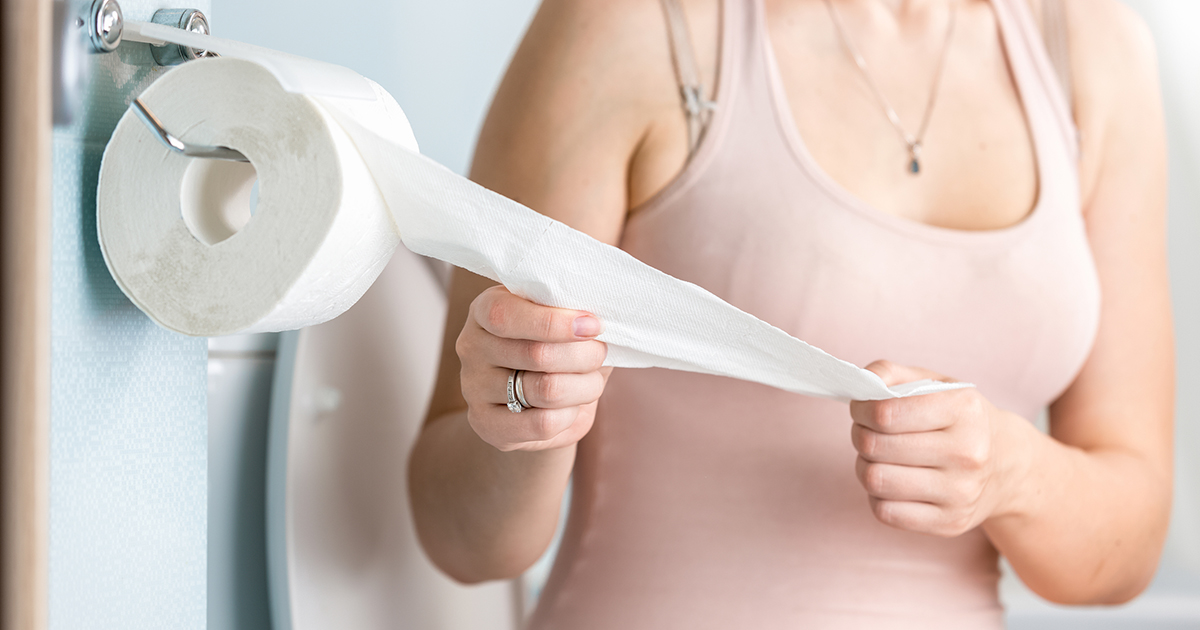
Individuals with interstitial cystitis tend to have a persistent need to pee. The need also tends to be more urgent than in other individuals. The severity of this symptom will vary from person to person, and some patients might experience relief in their symptoms between flare-ups. One of the possible causes of the condition is a defect in the bladder's protective lining, which leads to feeling the need to urinate more frequently. Leaks in this protective lining can also cause toxic substances found in the urine to irritate the bladder.
Frequent Urination In Small Amounts
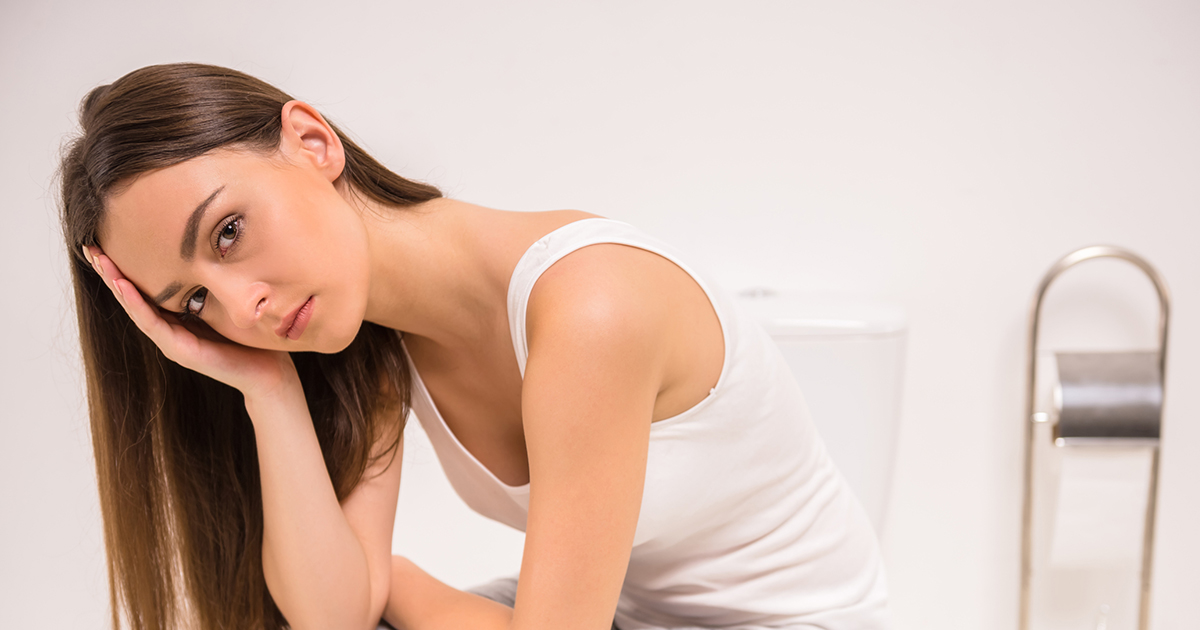
A interstitial cystitis patient will often experience frequent urination in small amounts. With this condition, the bladder sends signals to the brain indicating it's time to urinate, even if the bladder isn't actually full. This can cause an individual to need to use the bathroom urgently multiple times a day, even if their bladder isn't close to full. Again, a possible cause of this symptom is a defect in the protective lining of the bladder. Other exact contributing factors haven't been proven, but it's possible allergies, infections, heredity, and autoimmune reactions can all contribute to the body's mixed-up signals.
Bladder Pain
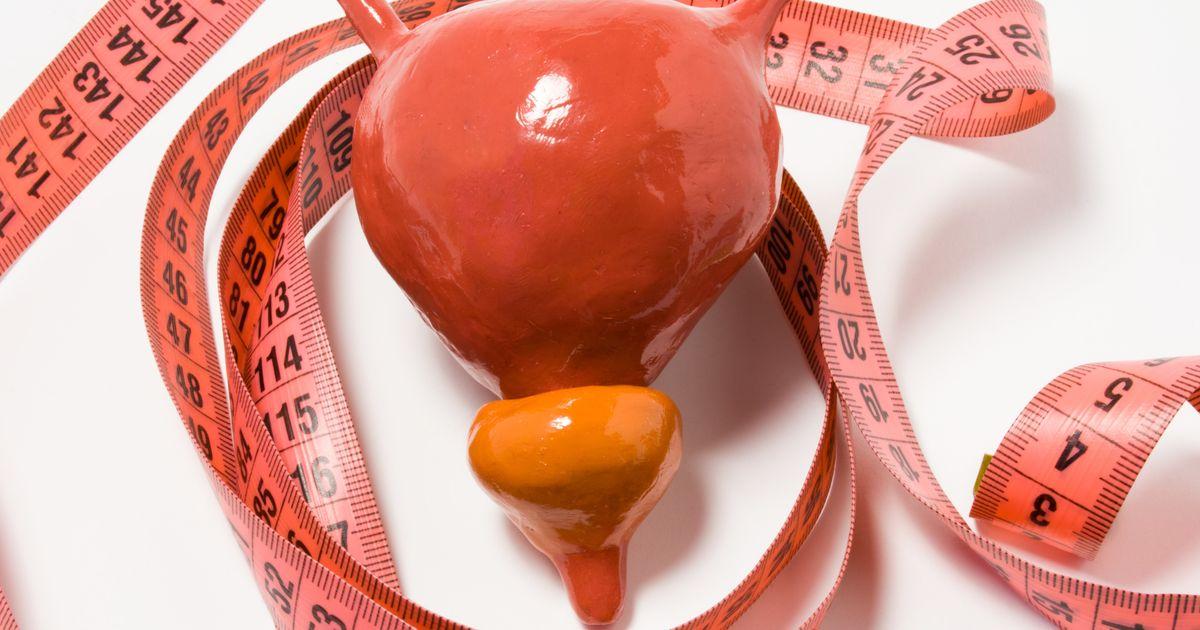
Pain in the bladder is a common symptom of interstitial cystitis, and it tends to occur alongside overall pelvic pain. Individuals experiencing pain in the bladder have a higher chance of being diagnosed with interstitial cystitis if they're a woman. In men, the same symptoms tend to be indicative of inflammation in the prostate gland. Some individuals with red hair and fair skin have higher risks of developing interstitial cystitis. Individuals are more likely to develop the condition and receive a diagnosis in their thirties or when they are older than that. In addition, individuals who have chronic pain disorders might be at a higher risk of developing interstitial cystitis. Associated chronic pain disorders include fibromyalgia and irritable bowel syndrome.
Significant Relief After Urinating
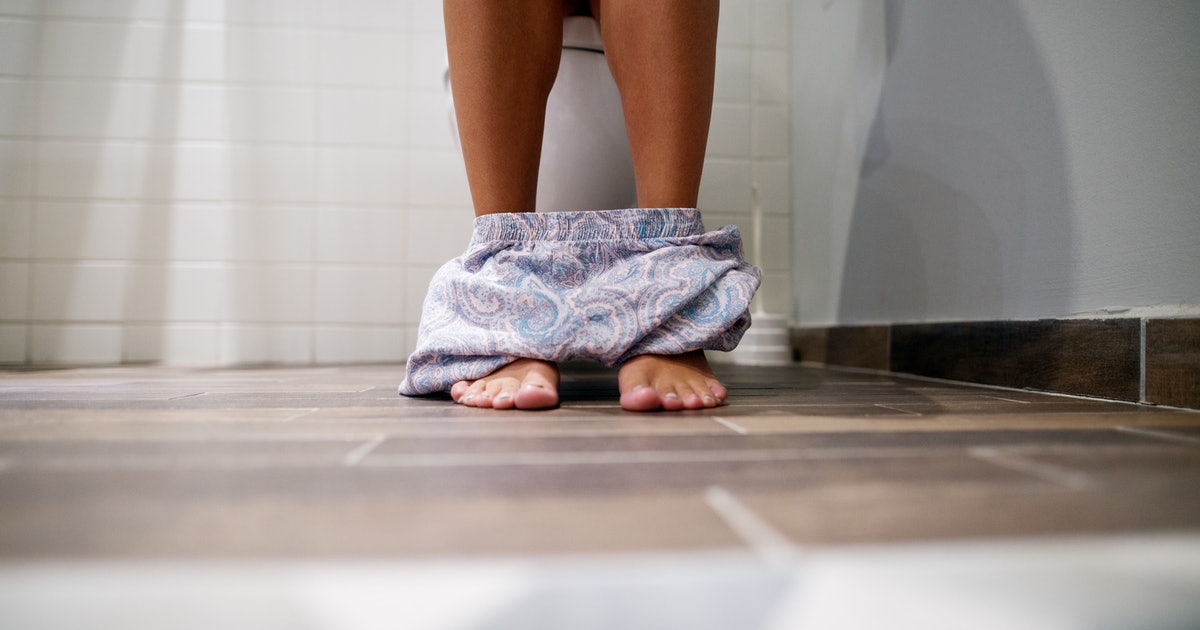
Individuals with interstitial cystitis often experience significant relief after urinating. The urge to urinate subsides, at least until the next small amount of urine enters the bladder. Bladder and pelvic pain also tend to subside. This relief can be attributed to the body no longer sending signals it needs to urinate or that it's being irritated. Internal irritation of the bladder is what can lead to many of these symptoms. Urinating eliminates the internal irritation, so the symptoms subside for a while. This symptom can also be common in other conditions, like urinary tract infections. Some individuals experience this symptom as they age.
Symptoms Flare In Response To Triggers
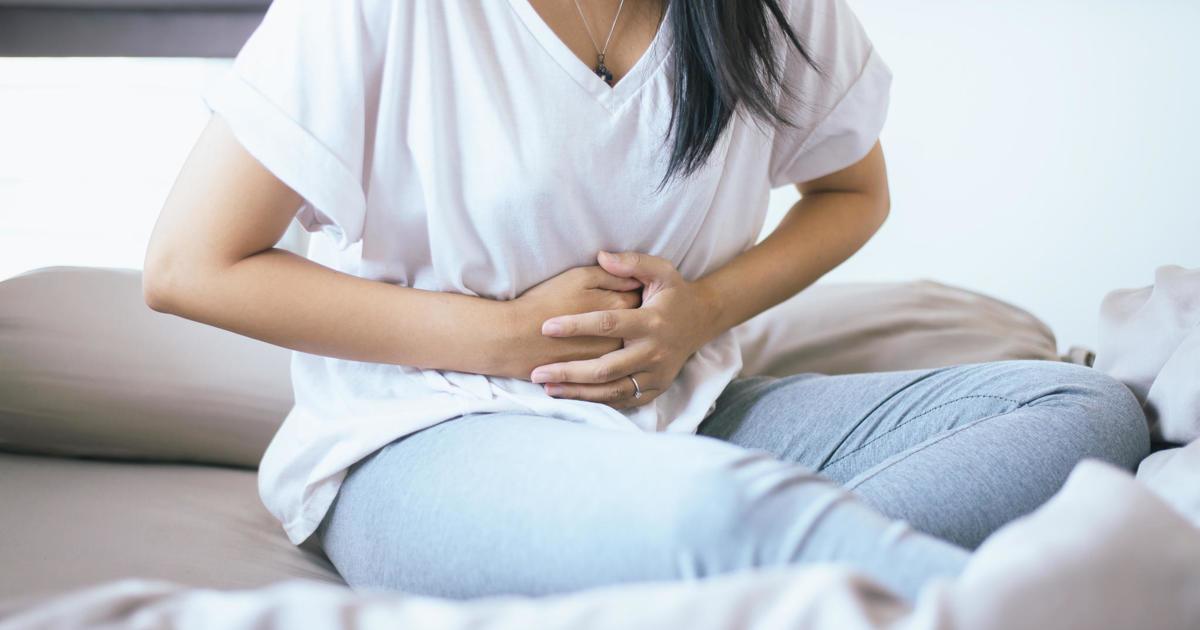
Individuals who take extra steps to manage interstitial cystitis may still experience their symptoms flare in response to triggers. Interstitial cystitis triggers are not the same for each individual affected by the condition. It is best for the patient to identify what triggers the onset or worsening of their symptoms. Some individuals experience flares in response to wearing certain clothing garments such as tights, slimming garments, pantyhose, tight jeans, and girdles. Patients often experience a flare of symptoms as a result of engaging in sexual activity. When traveling, the vibration and movement of buses, planes, cars, and trains may jar the pelvic region and trigger interstitial cystitis symptoms. Consuming items such as soda, tomatoes, chocolate, citrus juices, high-acid foods, coffee, alcohol, hot and spicy foods, caffeinated drinks, and foods that contain MSG can cause an affected individual to experience symptoms. The consumption of certain supplements, vitamins, and medications can trigger interstitial cystitis symptoms. When an affected female approaches her menstrual cycle, the fluctuations in hormones can worsen interstitial cystitis symptoms.
Pain And Voiding Test
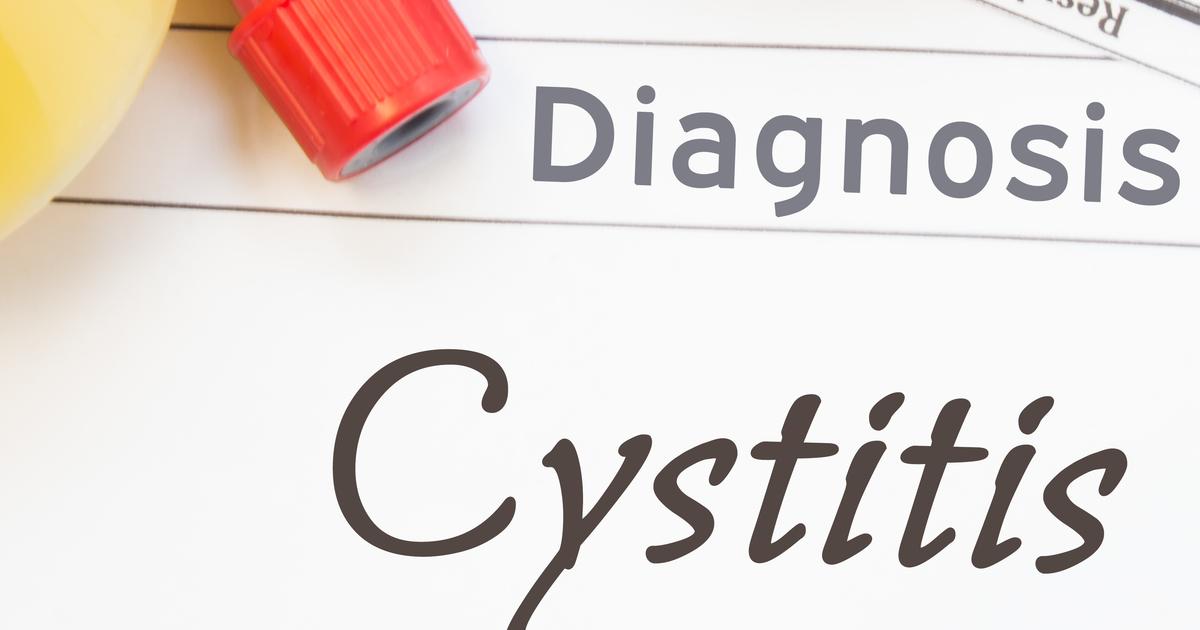
A pain and voiding test may be used in addition to other diagnostic tests to help make an interstitial cystitis diagnosis in an affected individual. The primary symptom that characterizes interstitial cystitis is frequent pain. A physician will administer a series of tests where the patient is asked to fill out several questionnaires to evaluate what their baseline pain value is. The evaluation primarily aims to identify the patient's locations of pain, pain characteristics, intensity or severity of their pain, and to determine the factors that cause their discomfort and pain to become worse or better. Part of this evaluation is the physician inquiring about how often the affected individual voids urine. A consistent but infrequent pattern of voiding urine can indicate the patient is being affected by another condition or problem. A pattern of the individual voiding high volumes of urine can prompt the physician to also consider other urological disease and conditions besides interstitial cystitis that could be causing their symptoms.
Bladder Diary

A voiding diary or bladder diary can be an important tool for a physician when trying to evaluate a patient's symptoms, and if they are characteristic of interstitial cystitis. A bladder diary is essentially a log of several things an affected individual keeps track of over a timespan of three to seven days. The patient will record every instance of fluid intake during this time period and the amount of such consumption. The bladder diary also will include each time the individual voids their bladder of urine, the symptoms that occur during voiding, and the amount of such urine excretion. The patient will also log the date and time of any symptoms that manifest, as well as the activity they were engaging in when the symptom became apparent. Individuals are also encouraged to record their consumption of certain foods known to trigger the symptoms of interstitial cystitis. Many bladder diaries used for the purpose of interstitial cystitis diagnosis also include the frequency and severity rating of a patient's pain. It is also helpful when the individual records any accidents that involve involuntary urine leakage from the bladder.
Cystoscopy
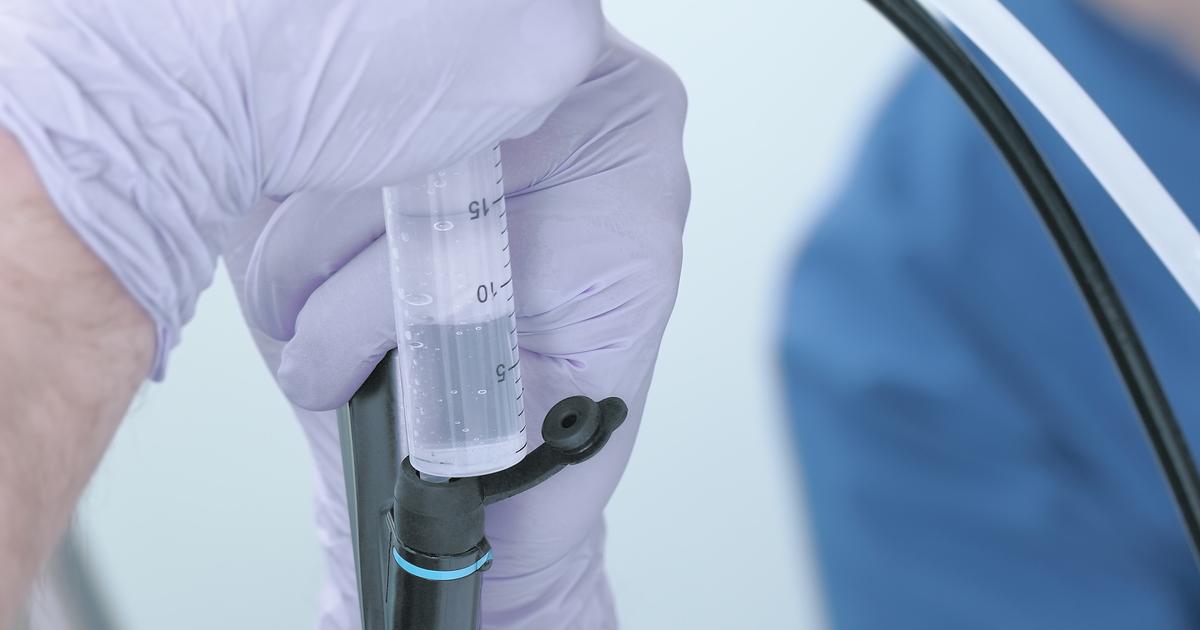
A diagnostic test called a cystoscopy can be used in individuals experiencing urological symptoms in order to identify the cause and rule out other conditions. During a cystoscopy, the physician uses a small catheter-like tool with a camera on the end inserted into the bladder so that they can see the characteristics of its interior. If the provider is able to see the presence of a tumor or materialized stones inside the patient's bladder, the diagnosis will be something other than interstitial cystitis. When an individual is experiencing symptoms of this condition, and the physician is able to see materialized ulcers through their cystoscope on the bladder wall, the patient is most likely to be diagnosed with this interstitial cystitis. A cystoscopy can be performed at the same time as a biopsy of the bladder inside of the operating room to rule out the presence of other diseases. Often times, the physician can treat ulcers, tumors, or bladder stones detected during the cystoscopy procedure during the same bladder biopsy surgery.
Medical History And Physical Exam

A healthcare provider can use a medical history and physical exam to rule out other diseases and conditions that may be the cause of a patient's symptoms. This process helps the provider with making an interstitial cystitis diagnosis, as no single medical test can positively or negatively identify the condition. The physician gathers a thorough medical history which involves asking the patient questions about what their symptoms are, the duration of such symptoms, how the symptoms are affecting their everyday life, past health issues, current health concerns, prescription and over the counter drugs the individual is taking, diet, and fluid intake. A physical exam can help a physician identify the cause of the patient's symptoms, and if they are or are not characteristic of interstitial cystitis. For females, the physical exam includes the pelvic organs, rectum, and abdomen. For males, the physical exam consists of the prostate, abdomen, and rectum. If no abnormalities or explanation is identified for the patient's symptoms, further testing is done to confirm an interstitial cystitis diagnosis.
